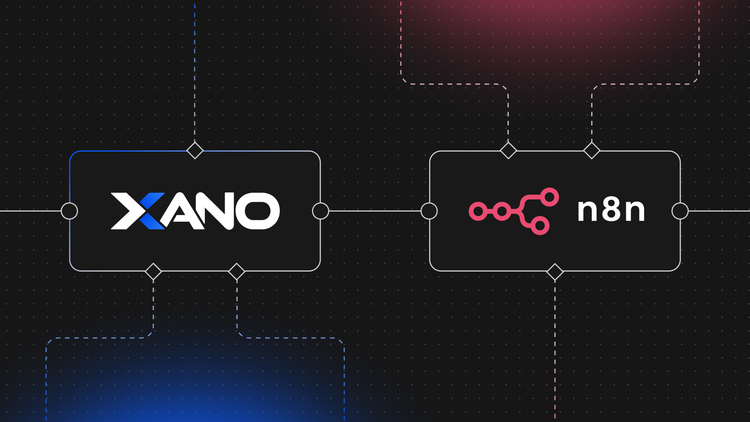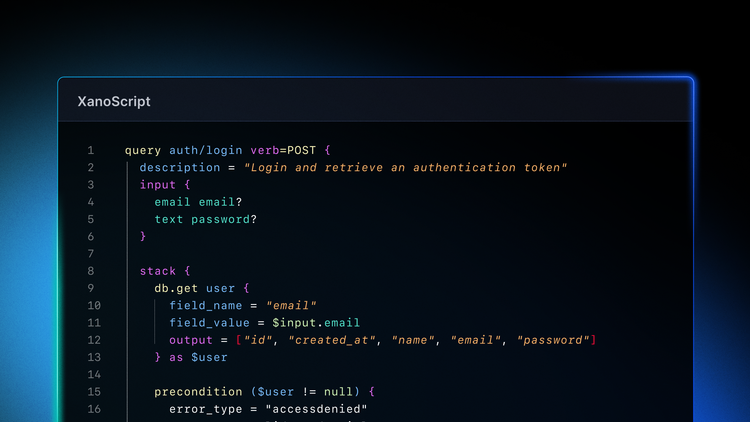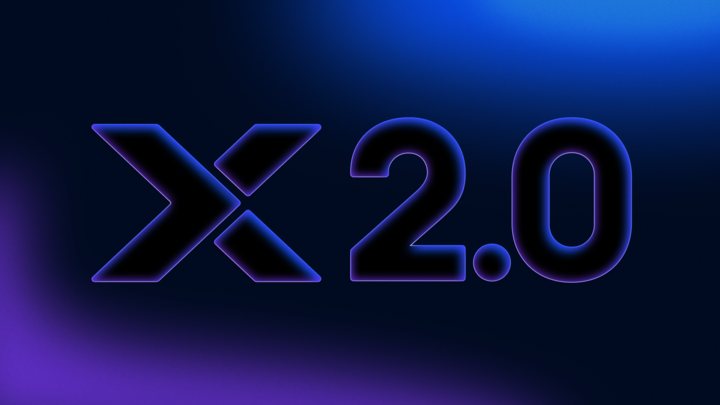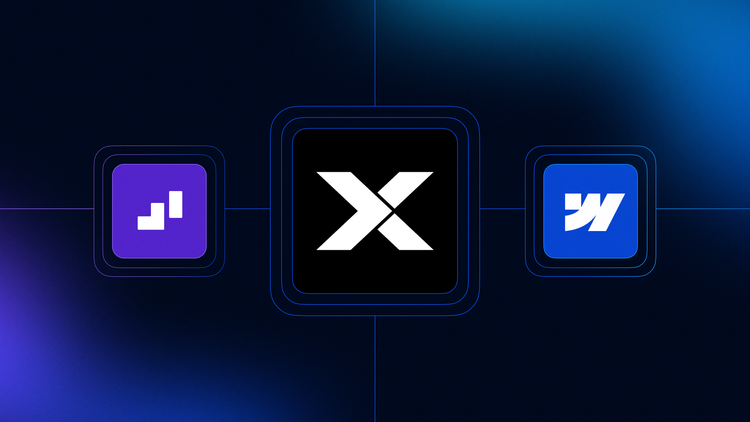The Best Tools For Automating API Documentation

API documentation refers to the technical content that explains how a specific API works. Both human machine-readable, API documentation has two important purposes. It serves as a reliable reference source to describe API in detail. It is also a teaching tool to help users get acquainted with the workings of your API.
Think of API documentation as a user manual for your API. It should be thorough, up-to-date, and easy to understand. It is the one central source of information on how your API works, so good documentation has myriad benefits. It can reduce onboarding time, improve user satisfaction, and increase new user adoption rate.
There are many tools and software products available to help with API documentation. Below, we’ll go over some of the best tools available to help you automate parts of API documentation, increasing efficiency and providing you with high-quality API docs.
A Note On Specification
Specifications refer to different standards and styles in which API can be described. The three most popular API specifications are:
- OpenAPI
- RESTful API Modeling Language (RAML)
- API Blueprint
All of the above options work well and come with their own benefits. However, OpenAPI is by far the most popular, and backed by major companies like Google and Microsoft.
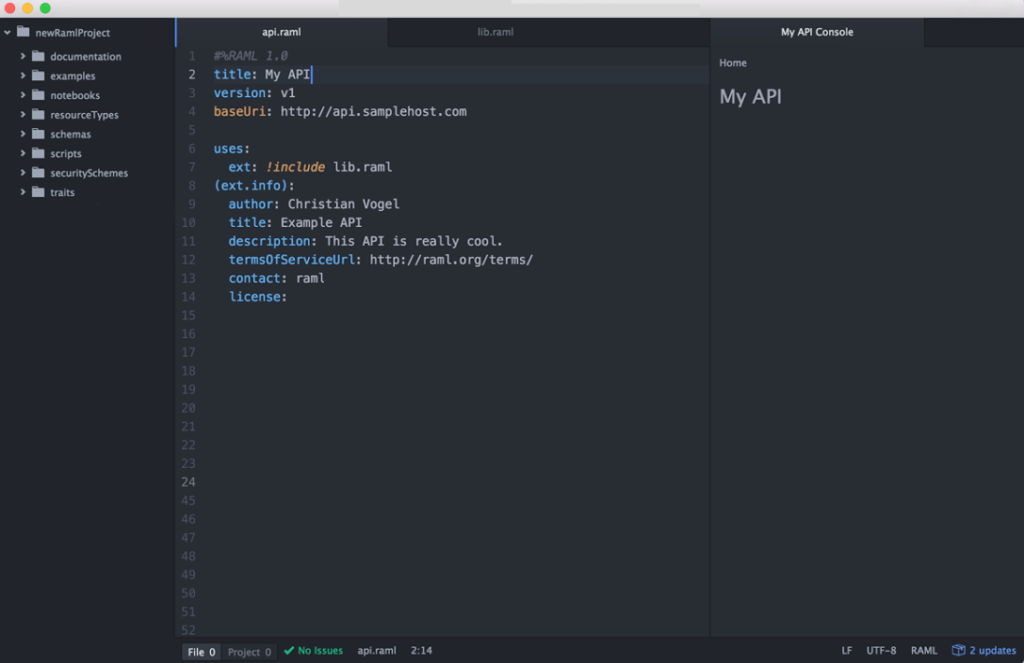
Therefore, OpenAPI has the largest number of available API documentation tools. If you’re unsure of which specification to use, OpenAPI is a good starting point. Many of the tools below use OpenAPI specification (OAS).
Swagger UI API Documentation
Swagger UI specializes in creating interactive API documentation. To use Swagger UI, you input an OAS doc, which Swagger UI then formats using HTML, JavaScript, and CCS. The end result is an easy-to-read document that users of all skill levels should be able to understand.
Swagger UI is fully customizable, so you can make any changes necessary to suit your project’s specific needs. Swagger UI also offers a wide range of open source tools users can use to create the initial OAS document. The popularity of the tool is another big benefit. If you run into commun issues, it’s very easy to find answers online with a quick Google search.
Postman
A collaborative platform, Postman generates machine-readable documentation for your API. Postman works by automatically pulling your sample requests, headers, code snippets, and so on, which it then uses to populate a documentation page.
Postman is a popular API documentation tool for a number of reasons. It works on Windows, Linux, MAC OS, and Chrome apps. In addition to generating documentation, Postman automatically updates your documentation in real time as changes are made.

Postman can also help with organization and workflow throughout your company. It comes with a convenient commenting feature, which allows you and your team to share feedback through comments and code reviews.
SwaggerHub API Documentation
SwaggerHub is Swagger UI’s premium platform. It is a paid solution for API documentation. However, big companies that rely heavily on API may find it worth the investment as it has many features Swagger UI lacks.
Unlike Swagger UI, SwaggerHub comes with a complete API documentation toolset. There is no need to find additional software. It generates interactive documentation automatically during design. Further, it comes with collaborative tools – like permissions & user roles, real-time commenting, and issue tracking – to help with workflow.
ReDoc
This free and open-source documentation tool allows businesses to publish interactive API documentation online. ReDoc is user-friendly, with navigation bars and search boxes enabling users to quickly familiarize themselves with the platform.
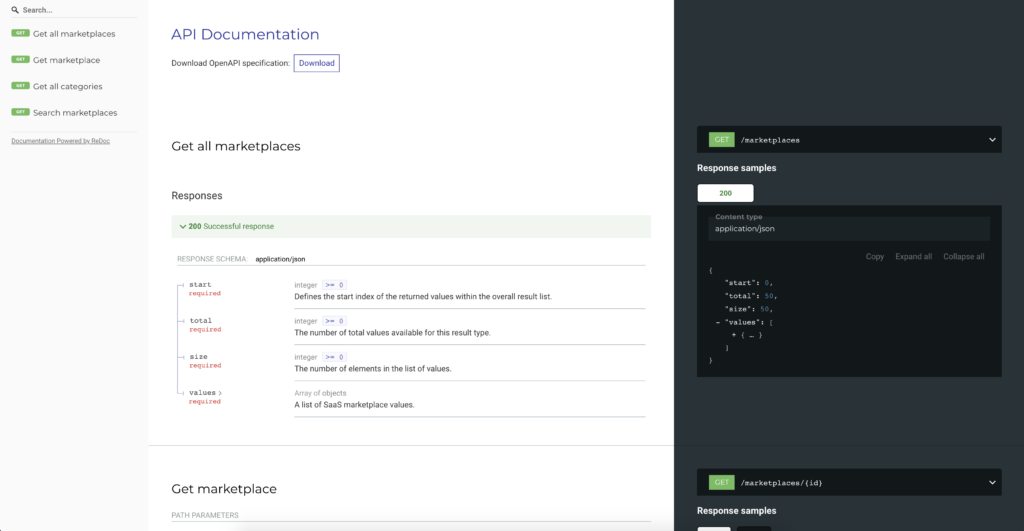
ReDoc is also known for its flexibility, allowing you to create unique, attractive API documents to suit your business’s specific needs. It can run on your browser, but it is also available as a Docker image, a React component, or command-line tool. Themes work on any screen or browser, and are customizable for things like font and color. You can also add in company logos.
OpenAPI Generator
OpenAPI Generation creates documentation for both OAS 2.0 and OAS 3.0, as well as server stubs and libraries. Much like ReDoc, it’s well-known for being one of the most user-friendly API documentation tools. It’s also praised for being highly extensible. It can support more than 50 client generators.
Similar to Swagger UI, OpenAPI Generator’s popularity is a big plus in terms of community support. There’s a large online community of experienced users. This can be a great resource if you run into the problems along the way.
The API Documentation Bottom Line
Great API documentation is an incredibly useful tool for your company. Automating API documentation keeps your docs accurate and up-to-date at all times, ensuring both clients and teammates have a quality resource at their disposal. There is no single tool that is right for every company, but reviewing the tools listed above should give you a starting point to determining the right course of action for your business.
If you have any further questions about API documentation, we at Xano are always here to help. With our no code backend development platform, your API Endpoints are automatically documented for you in OpenAPI (Swagger). This feature saves you valuable time and resources.
[HUBSPOTFORM:Schedule a Demo]
